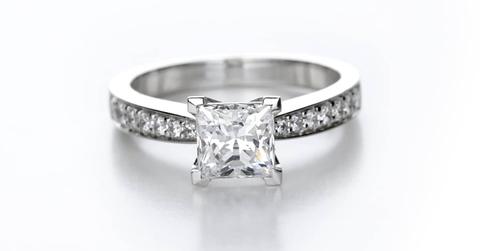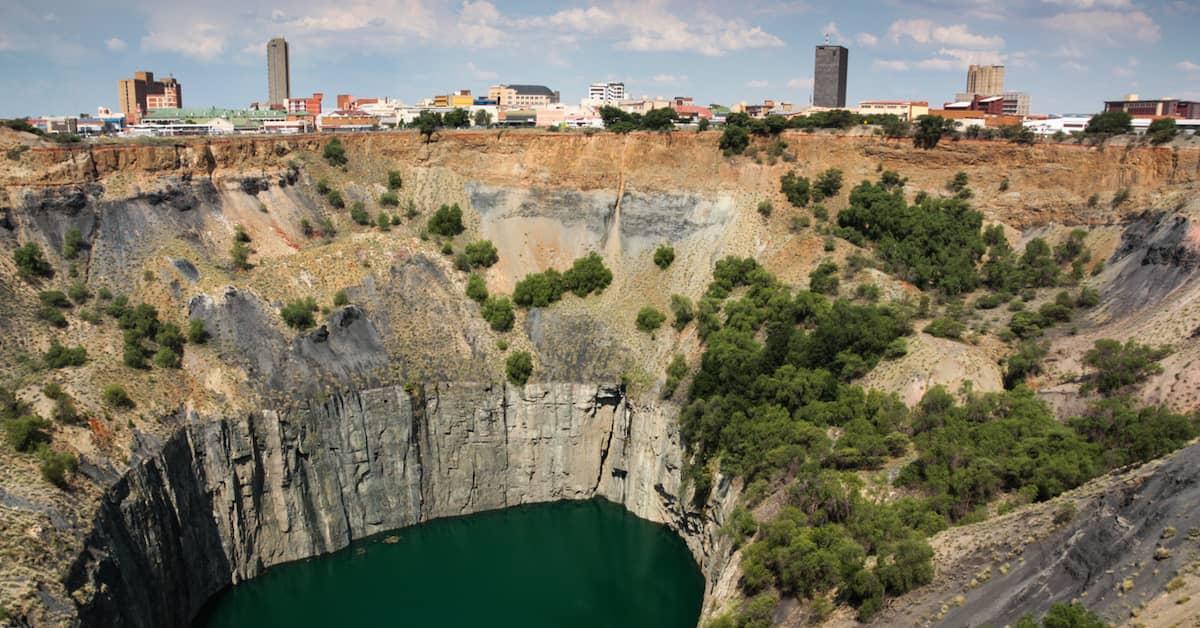If Diamonds Aren’t That Rare, Why Do They Cost so Much? An Investigation
Published Jan. 2 2024, 4:32 p.m. ET

Despite their widespread popularity and cultural significance, it turns out this popular engagement gem isn't as rare as we may think. So, why are diamonds so expensive?
Several factors contribute to their high price. Let's unpack each of them to see if it's worth shelling out a small fortune for these precious stones or if we should seek an alternative.

Gem-quality diamonds are actually quite rare.
While diamonds might not be the rarest minerals on the planet, the specific type of diamond used in jewelry isn't that easy to come by. Formed deep within the Earth's mantle billions of years ago, only a small amount makes it to the surface. According to Info Diamond, only about 20 percent of rough diamonds are suitable for gem purposes.
The Four Cs and precise cutting also push the price up.
Beyond mere scarcity, the value of a diamond is deeply intertwined with its characteristics. GIA says the Four Cs (cut, clarity, color, and carat weight) are the universally accepted method of assessment.
Achieving an optimal cut that maximizes brilliance and sparkle requires meticulous craftsmanship and specialized tools. These factors significantly impact the price, with flawless, colorless, larger stones reaching astronomical heights.
Never underestimate the power of a good marketing campaign.
The diamond mining giant De Beers famously employed targeted marketing campaigns in the 20th century to associate diamonds with romance, commitment, and everlasting love.
This carefully crafted image and their control over a significant portion of the diamond market helped drive demand and solidify diamonds as the stone for engagement rings and other sentimental jewelry. It was such a successful campaign that Hubspot (the marketing gurus) wrote an article about it.
Diamond mining is an intense and costly process.
Extracting these precious stones is a complex and expensive endeavor. Diamond mines can be kilometers deep, requiring heavy machinery and skilled labor. Environmental regulations and ethical mining practices also add to the cost.
Responsible sourcing initiatives like the Kimberley Process Certification Scheme aim to combat conflict diamonds, but their efforts mean higher operational expenses.

The market forces of supply and demand are hard at work.
While the diamond industry is often accused of operating on a controlled supply system, Better Than Diamond says it’s no longer true that diamond prices are artificially controlled.
They claim that lab-grown or otherwise, the price and value of diamonds are set purely by market forces of supply and demand, which Investopedia does an excellent job explaining.
Diamond mining has a dark side.
Sadly, there’s also a dark side to diamond mining. More commonly known as "blood diamonds," Britannica describes conflict diamonds as diamonds mined in war-torn regions to fund armed conflicts, perpetuating violence and human rights abuses.
While initiatives like the Kimberley Process Certification Scheme aim to reduce conflict diamonds, Brilliant Earth says the issue remains prevalent. As consumers, it’s up to us to make informed purchase decisions that contribute to the development of a more ethical and sustainable diamond industry.